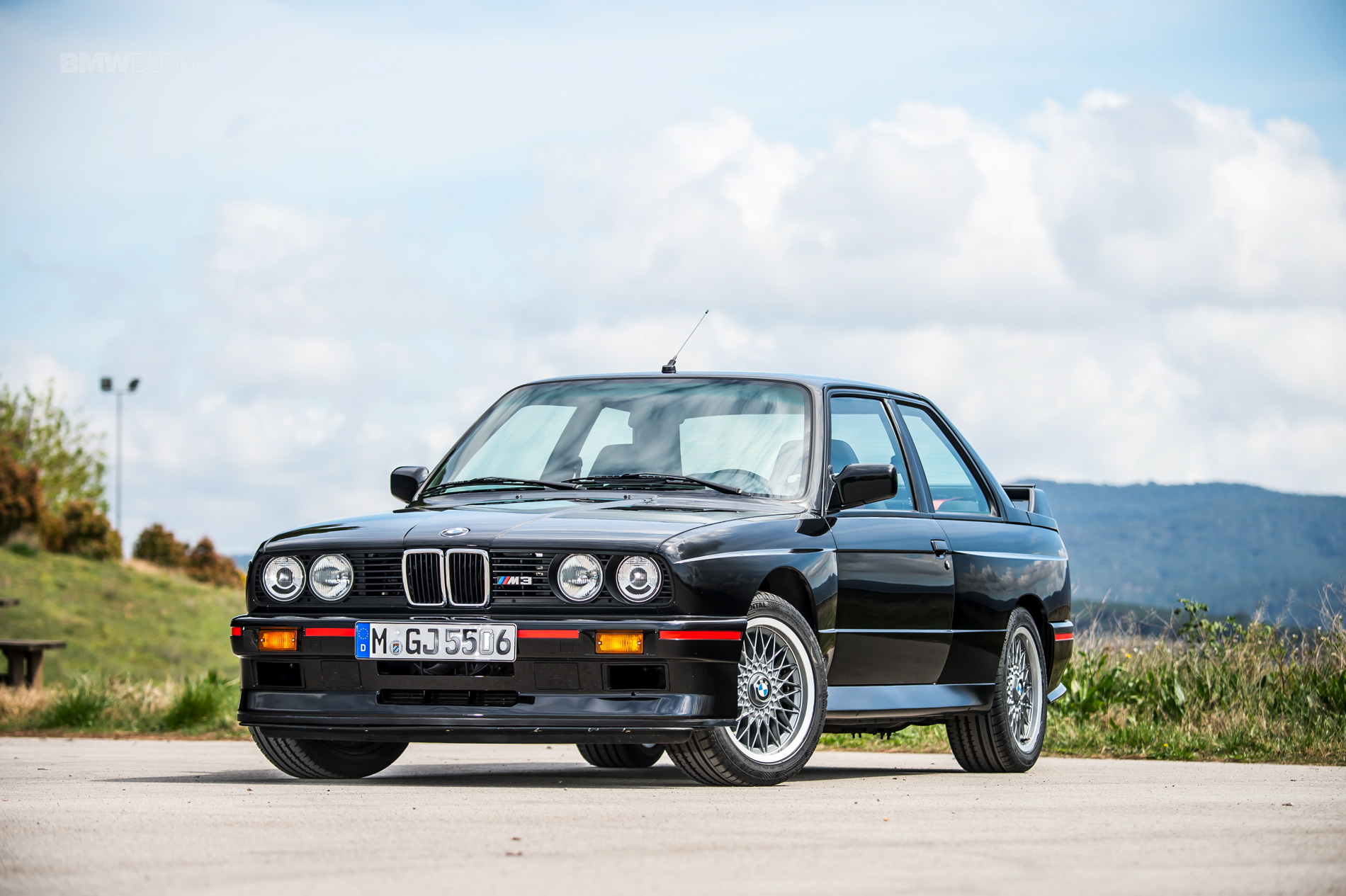The story behind the world’s first ever M3 car has been said time and time again, to the point where everyone knows it by now. And by ‘everyone’ I mean those people who are actually interested in cars and the history they have. Back in the 1980s BMW decided to enter the German Touring Car Championship (DTM) and it needed a proper, homologated car to do so. That’s why the E30 M3 was made in the first place, not because the Bavarians wanted to make something for you drool 30 years later.
That’s the story behind a lot of amazing achievements. Nobody really knows they’re making history when setting off most of the time. It’s only after decades, when you see the impact your work had, that you realize just how important taking those steps was. The E30 M3 was a success from the get go. It managed to win countless races in the DTM but even when it was dominating, BMW didn’t rest on its laurels.
Instead, the engineers in Munich decided to try and improve the car even more. This is how the Sport Evolution model came to be, with a very adequate name too. The Sport Evolution was an upgrade, exactly what the doctor ordered, if you will, raising the power output and stiffening up the car in various places, while also upgrading the brakes and the exterior design to use the aerodynamics in its favor.
Why, do you ask? Why would BMW invest in an upgrade for the M3? Because the competition wasn’t sitting idly by. The Mercedes-Benz outfit was right up there, breathing down the E30’s neck in most cases and that could stand. That’s what happens when two of the best car makers in the world tackle each other and I really hope we’ll see this sort of competition in other motorsport fields pretty soon.






































































